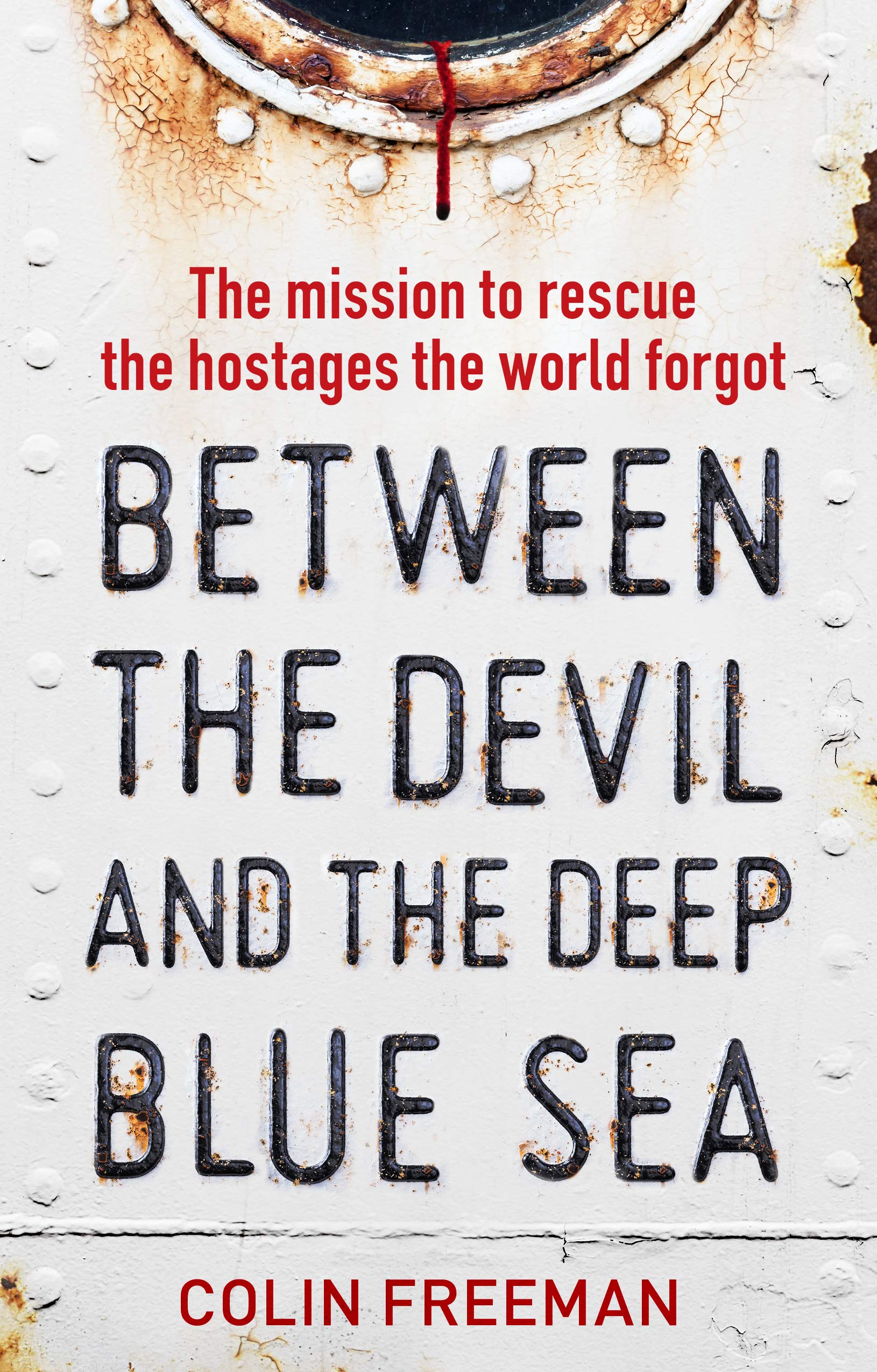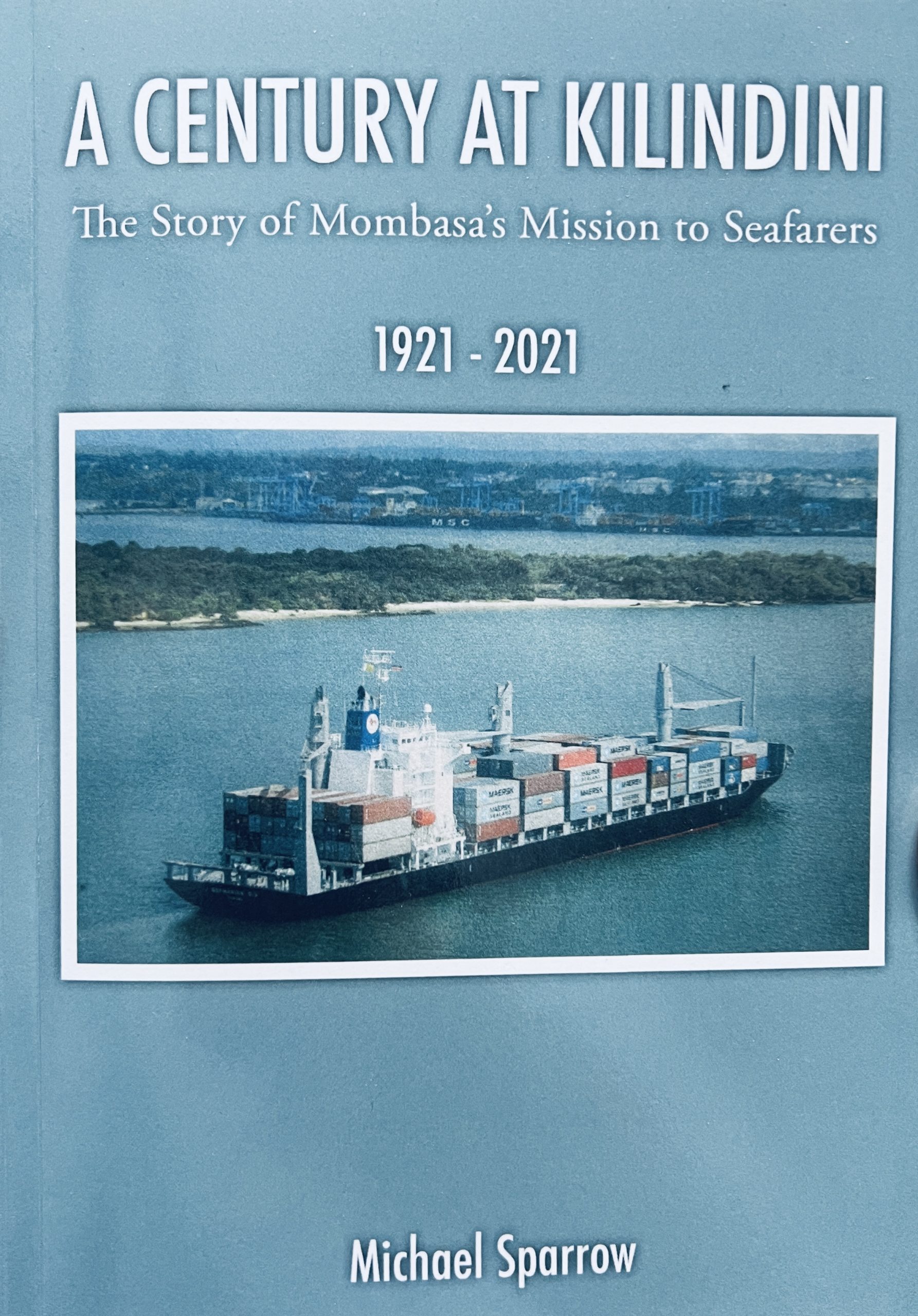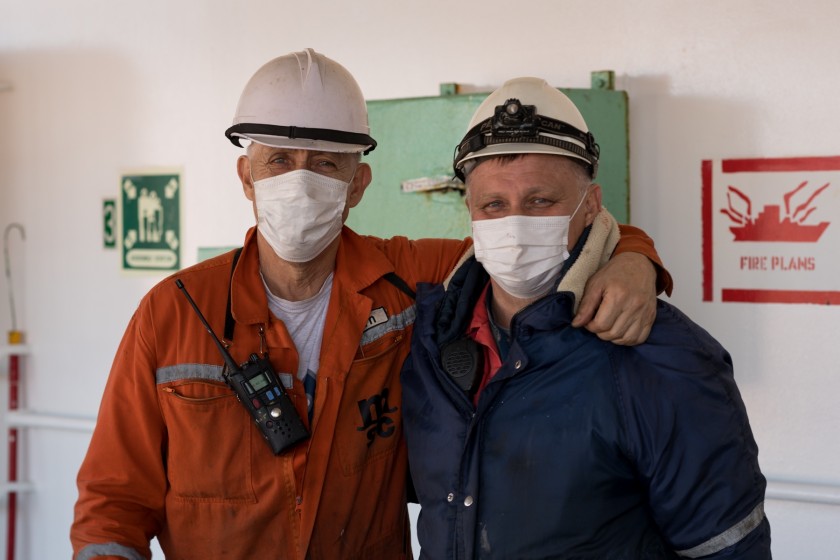Colin Freeman, Between the Devil and the Deep Blue Sea: The Mission to Rescue the Hostages the World Forgot. Icon, 2021.
A popular image might relegate piracy to the pages of history only. The Golden Age of Piracy in the late 17th and early 18th centuries has become part of popular culture, safe and enjoyable in the character of Captain Jack Sparrow of the Pirates of the Caribbean film franchise. Colin Freeman, author of Between the Devil and the Deep Blue Sea, writes that history has even “romanticized maritime crime.” (58)
The pirates of popular culture understand little of the realities of piracy in centuries past, but also are insensitive to the continued threats of piracy today. Piracy in the Indian Ocean, the Strait of Malacca and the Gulf of Guinea has caused significant trauma for the seafarers involved and massive, negative economic effect.
Among the most well-known areas of modern piracy is off the coast of Somalia from the later 2000s until the early 2010s. This piracy was most famously captured in the book A Captain’s Duty by Richard Phillips which was the basis for the subsequent 2013 American film Captain Phillips featuring Tom Hanks. That film portrayed the hijacking of the US-flagged MV Maersk Alabama and the subsequent rescue of the crew after several days by the United States Navy.
I recommend highly that book and film for their detailed depiction of shipping and one rescue incident. However, the situation described in that book and film were not the norm. Most pirated ships did not have a US Navy ship come to their dramatic rescue after a few days. Hundreds of seafarers waited months or years for employers, governments, or international anti-piracy forces to respond.
The book of Colin Freeman tells this neglected story. Though new incidents of piracy decreased by 2013, some seafarers were still being held for ransom. Freeman, a journalist who was chief foreign correspondent of The Sunday Telegraph from 2006-2016, has intimate knowledge of Somali piracy. His previous book – Kidnapped, Life as a Somali Pirate Hostage (2011) – recounts his own ordeal in 2008 of being held for ransom for six weeks while he was on assignment in Somalia to write about Somali piracy.
In this new book, Freeman tells the story of a retired British army colonel, John Steed, who led initiatives to raise ransom money and negotiate with pirates to free the crews of three separate ships – the Albedo (captured 26 November 2010), the Prantalay 12 (captured 18 Paril 2010) and the Naham 3 (captured 26 March 2012). Steed was helped by professional negotiator Leslie Edwards, and many other international contacts.
Freeman explains that because these seafarers were not from the more developed countries, they attracted less attention: “Sadly, that’s also one of the reasons why these particular sailors were ignored by the world in the first place. When it comes to attracting international media attention, being non-Western and non-English speaking is still a major handicap.”(xx) In practice, for most media outlets, “pirates only existed when they captured Westerners.” (xxii)
The release of the seafarers from these three ships was not straightforward. Freeman spends the most time recounting the harrowing tale of the release of the crew from the Albedo, including a daring night-time escape.
There are a number of references to the support of the Maritime Piracy Humanitarian Response Program (MPHRP – subsequently folded into the work of ISWAN) and also, later, Oceans Beyond Piracy. It is instructive to put the international pieces of the puzzle together that helped bring these various hijacking cases to release.
This is an excellent, important book for anyone in maritime ministry. Freeman captures the human drama and trauma that these seafarers lived. Human resilience is clear in the story of Aman Sharma, an Indian seafarer on the Albedo, that Freeman develops for most of the book. However, the story of “Paul Muller”, a German man who promised Steed $900,000 to help free hostages, but had nothing, was downright bizarre. Learning the names and stories of these real people helps us understand the messiness of humanitarian work and reinforces the commitment to personal care that we can give to all seafarers.
Review by Jason Zuidema




